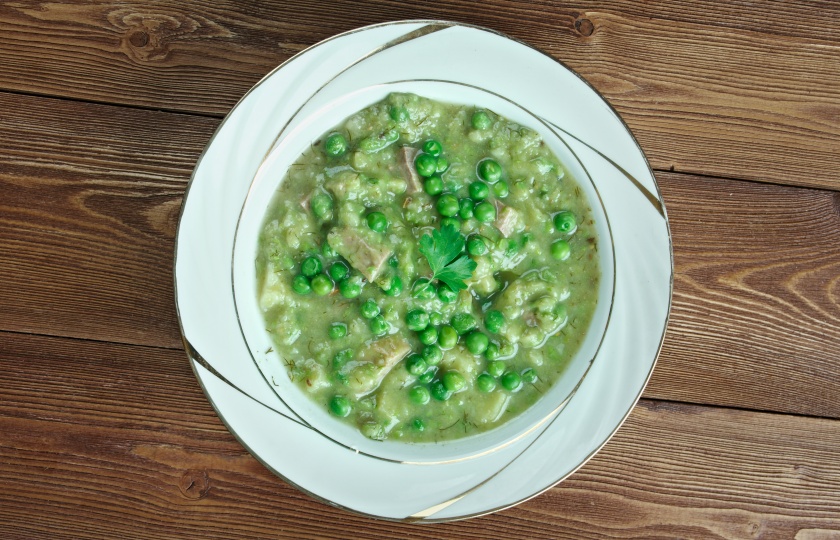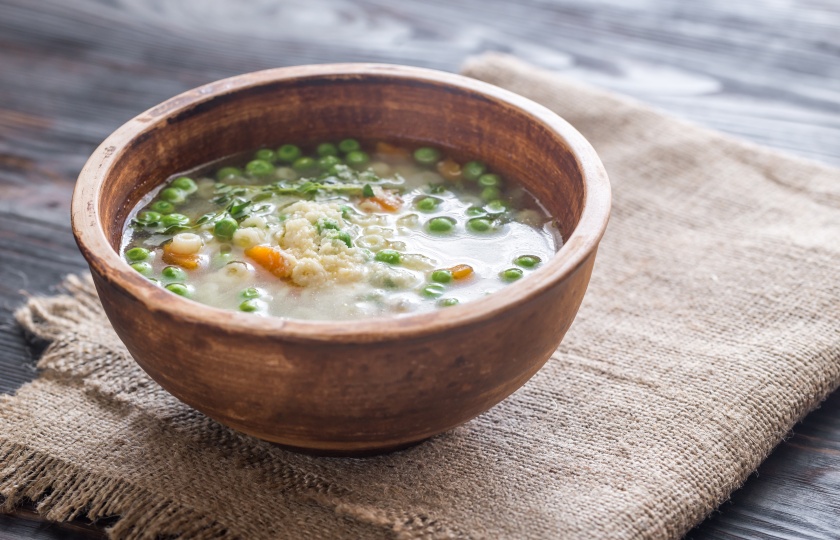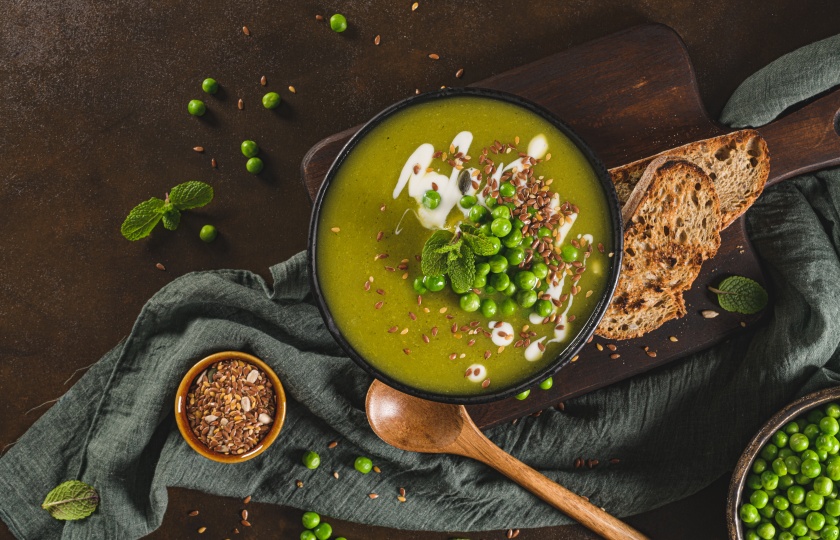Easy Guide: How Do You Cook Pea Soup

Every mouthful of pea soup is full of warmth and a sense of satisfaction. In this small bowl of soup, what cooking secrets does it contain that can fully release the deliciousness of peas?
How to cook pea soup?
Wash the peas clean and soak them for 3 to 4 hours.
After soaking, put them in a pot and add an appropriate amount of clear water. The water should be about 2 to 3 centimeters above the peas.
First, boil the water over high heat, and then turn to low heat and simmer slowly. At this time, you can add some onions, carrots, ham, etc. to the pot to make the soup taste better. Don't forget to add some seasonings such as salt and pepper to season.
Simmer on low heat like this for 1 to 1.5 hours. When the peas become soft and mushy and the soup thickens, the pea soup is cooked.
Do peas need to be soaked before cooking?
Peas need to be soaked before cooking dried peas. Especially for dried peas, soaking is necessary. Generally, soaking for about 3 to 4 hours is relatively appropriate.
Because if peas are cooked directly without soaking, their outer skins are relatively hard and the insides are not easy to be cooked thoroughly. The cooking time will be relatively long.
Soaked peas can absorb enough water, and the outer skins will become relatively softer. The inner peas will also be easier to be cooked due to absorbing water. This way, the cooking time can be shortened when cooking, and the cooked peas will have a softer and glutinous texture.

What is the ratio of water to peas when cooking pea soup?
The ratio of water to peas is roughly 3 to 1 to 4 to 1. That is to say, if there are 100 grams of dried peas, then add 300 to 400 milliliters of water. Such a ratio can make the cooked soup neither too thick nor too thin and just right. Peas can also absorb enough water and will not be dry.
The amount of water for pea soup is also related to other things added. If meat and vegetables are added, the amount of water needs to be adjusted. Generally speaking, after adding ingredients, it is more appropriate for the total amount of water to be about 3 to 4 times the weight of the original peas. Only in this way can the taste and quality of the soup be guaranteed.
Why is my pea soup not getting soft?
The pea soup is not soft because the cooking time is not long enough. Generally, it needs to be cooked for more than an hour to become soft.
The soaking time is also crucial. If there is enough time, you can soak the peas in advance in the evening and cook them the next morning. In this way, the beans are easy to cook thoroughly.
If you are in a hurry, you can use a pressure cooker and it can be done in twenty minutes. However, remember not to add salt at the beginning. Add salt when the beans are almost cooked. Otherwise, the beans will be a bit hard.
Also, when buying beans, try to choose fresh ones. Beans that have been stored for too long are indeed not easy to cook. When soaking, pinch them. If they are soft, it means they have been soaked enough. If they are hard, they need to be soaked for a longer time.

How to store leftover split pea soup?
It is easy to store pea soup. When the soup cools down, pour it into a fresh-keeping box and put it in the refrigerator. However, it is best not to store it for more than 2-3 days. After all, the taste and nutrition will be worse if it is stored for too long.
If you plan to store it for a long time, you have to use a sealed fresh-keeping bag or a sealed container to put the soup, squeeze out the air as much as possible, and then put it in the freezer of the refrigerator.
Also, it is best to heat the whole pot when it is hot, instead of heating it a little at a time, which is more hygienic.
Should pea soup be stirred when cooking?
Appropriate stirring is still very necessary when cooking pea soup. At the beginning of cooking, just stir occasionally. When the peas start to soften, stir several times more. Otherwise, it is easy to stick to the bottom of the pot.
When stirring, it is recommended to use a wooden spoon or a stainless steel spoon. The force should be lighter. Don't break all the peas. If you want a thicker soup, you can slightly press the peas with a spoon later. In this way, the soup will be more intense.
However, don't stir too many times. When simmering on low heat, cover the pot. It is enough to check it once every 10 minutes or so. When the peas are completely soft and the soup becomes thick, you can turn off the heat.























